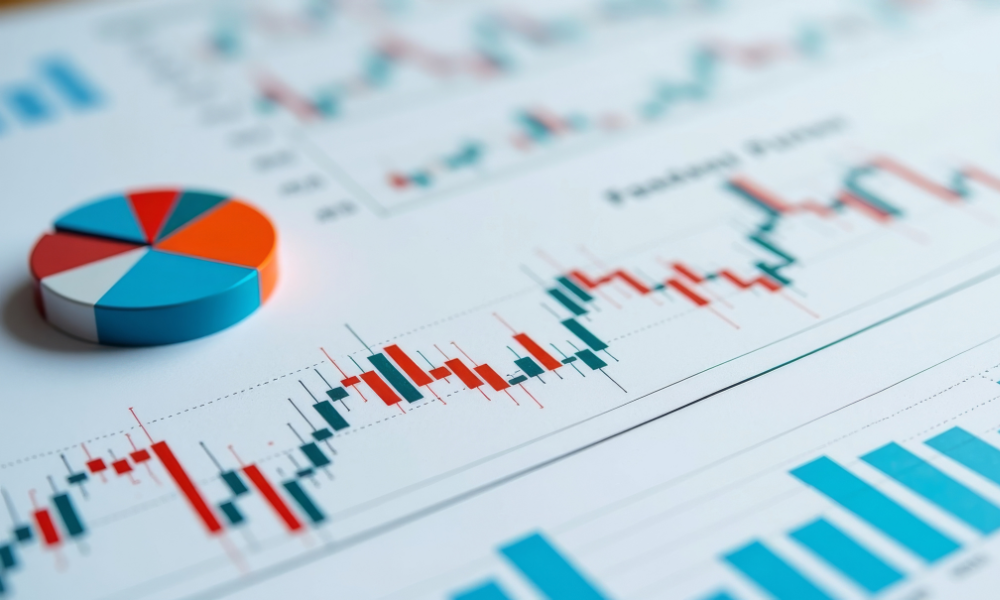Portfolio manager highlights research and says doom-and-gloom forecast may be overblown
.jpg)
Analysts and investors getting hot under the collar about the negative potential of an inverted yield curve should relax, according to a portfolio manager.
Stephen Duench, vice president at Highstreet Asset Management Inc, concedes history has shown recessions have a habit of occurring on the heels of an inversion, especially when it involves the spread between the two-year and 10-year note maturity.
However, he said: “Even so, some investors may be overestimating the potential negative impact that an inverted yield curve can have on stock market returns. Based on our research dating back to 1977 of 10-yield spreads along the US Treasury curve, S&P 500 Index returns remained, on average, positive in the year leading into an inversion, as well as the year following.
“The index’s performance does weaken the closer time gets to the inversion date. But the inverted spreads that have coincided with the worst returns have tended to be those involving the three-month Treasury yield and longer-term maturities.”
He added that an inversion of the two-year and five-year yield has corresponded to some of the better intermediate returns, while the “recession-whispering” two-year to 10-year inversion has generally occurred without pushing S&P 500 performance into the red.
Duench stressed the research is no suggestion that future inversions of the US Treasury curve will lead to similar outcomes but he believes it should provide vital perspective at a time of “growing economic uncertainty” and “increasingly volatile markets”.
And examining the steepness and frequency of past curves can also provide investors with some comfort.
He said: “The magnitude of previous inversions seemed to play a role in past stock returns as well. The steeper it was, the worse the performance and vice versa. And not surprisingly, forward-return profiles were better when fewer spreads along the curve inverted.
“In fact, it’s only when there were seven or more spread inversions that future S&P 500 performance turned negative and, even then, negative returns were relatively muted.
“Further to this point, when there were fewer inversions, S&P 500 returns tended to weaken more substantially right before these spreads invert, but then strengthen more aggressively afterwards.”
Follow WP on Facebook, LinkedIn and Twitter



